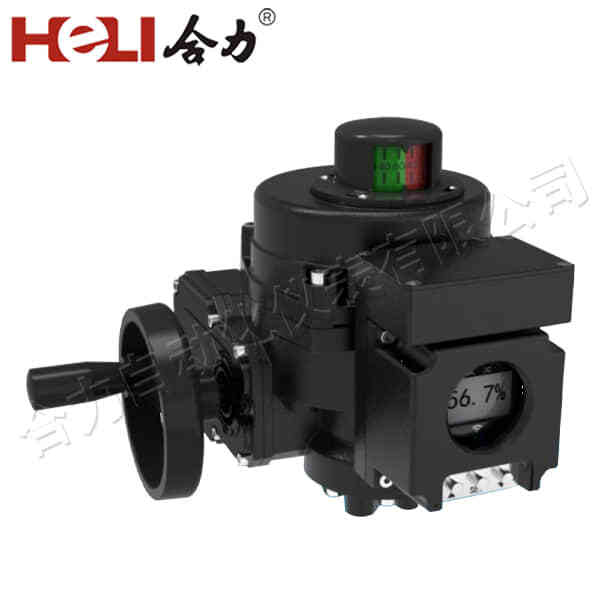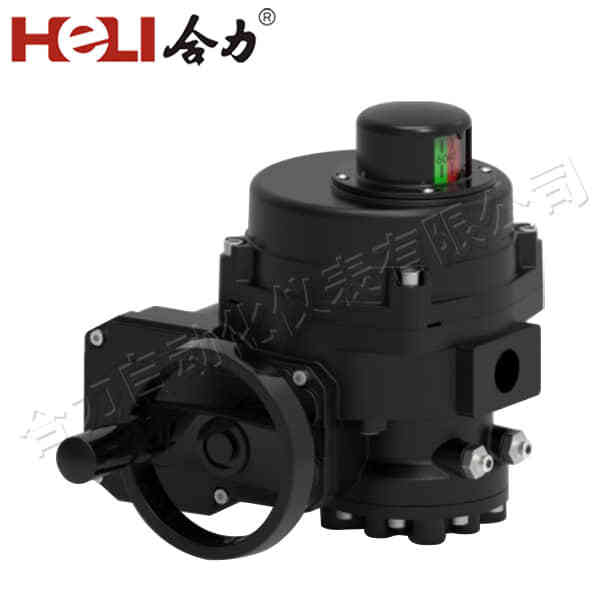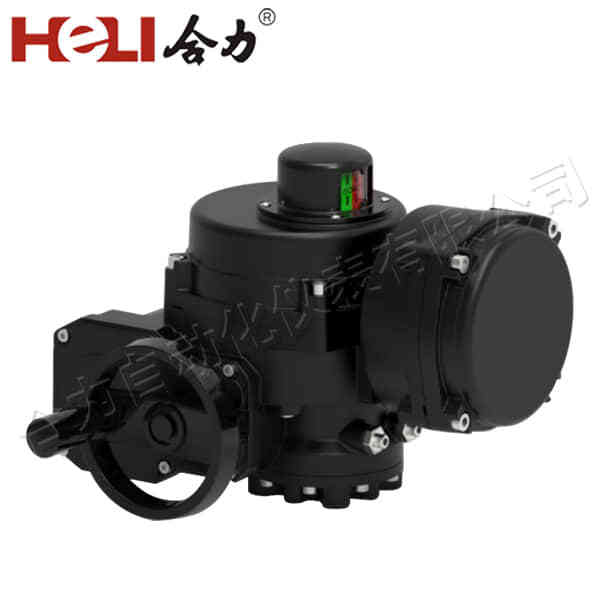Electric actuators for valves have become indispensable components in modern industrial automation systems. These devices, which convert electrical energy into mechanical motion to operate valves, offer significant advantages in terms of efficiency, precision, and remote control. Their application spans a variety of industries, including water treatment, HVAC systems, chemical processing, and power generation. This article delves into the key functions, types, benefits, and considerations when selecting and maintaining electric actuators for valves.

Understanding Electric Actuators for Valves

An electric actuator is a device that uses an electric motor to move a valve, controlling the flow of fluids or gases through pipes. Unlike manual valve operators that require human intervention, electric actuators allow for automation, enabling precise and remote control of valve positions. These actuators can operate rotary valves like ball, butterfly, and globe valves or linear valves such as gate and sluice valves. The ability to open and close valves automatically or in response to control signals is crucial for optimizing system performance and reducing human error. Types of Electric Actuators
